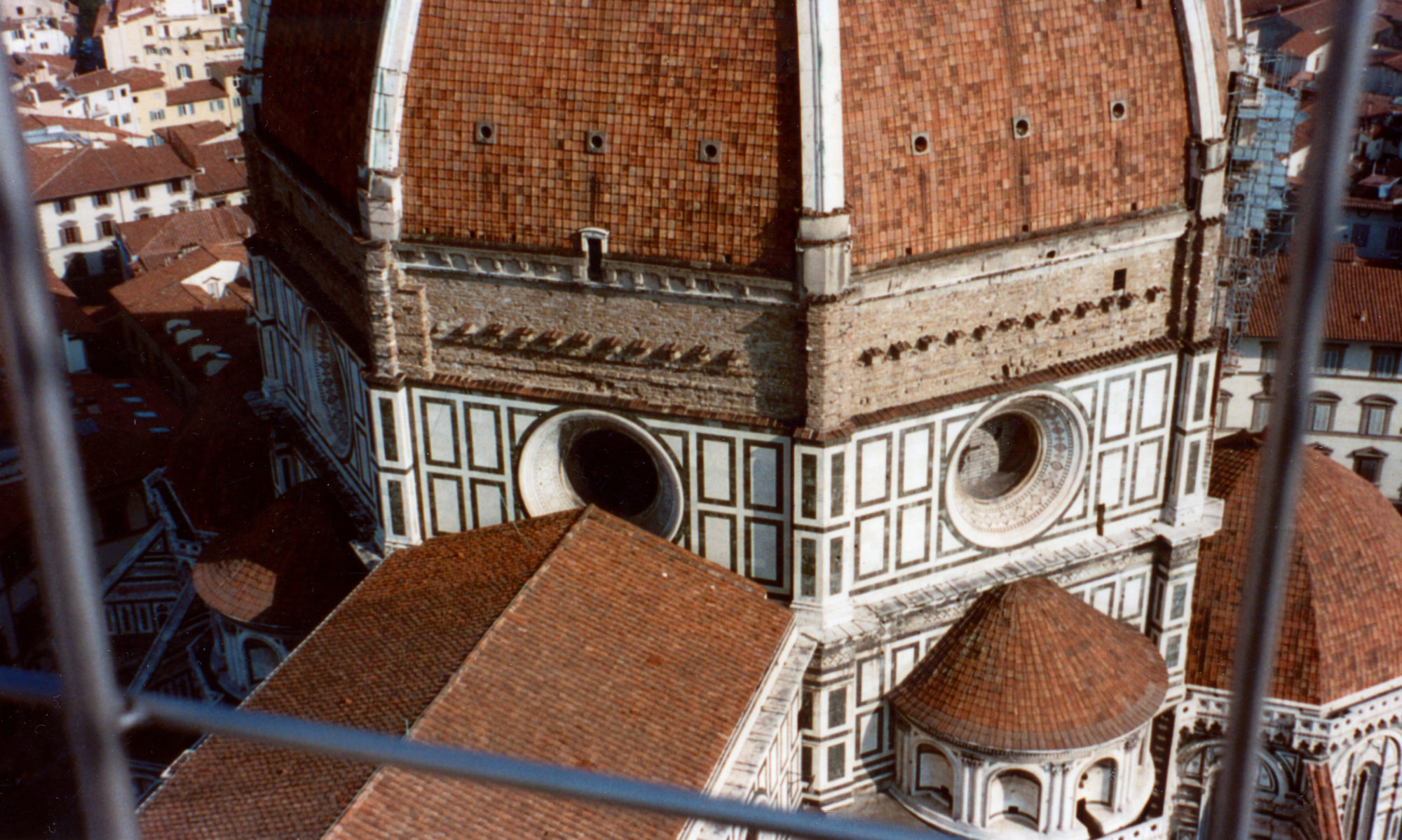May 5th (2013) is Easter (Pascha) according to the calendar used by Eastern Orthodox Churches. May 4th into the 5th was the Easter celebration St George Antiochian Orthodox Church. And I was there. As with my other experiences, the start time was only kinda important. A few people even showed up two hours in; total time was three hours if you can believe that.
At first it was just one guy chanting, the same way Orthodox worship usually begins. Several of the references escaped me but I caught the name Habakkuk, reference to Shadrach, Meshach, and Abednego and Jonah. I guess maybe this was following a central theme of righteous Old Testament folks? Or it could have been explanation of the prophecy and precursors leading up to Jesus- like how this prophet said he would come and that person was saved from death in a similar way. Christian traditions are really reflexive sometimes, making comparisons from one biblical personage to another. I often hear Jesus referred to as a second and almost opposite Adam. Adam arrived and brought sin into the world. Jesus arrived and took it away.
Anyways, back to Pascha. The church was darkened by the extinguishing of the lit candles and all the small glowy electric lights embedded in the icons up front. Then we waited in the dark. It was exciting and I tried to guess what this darkness might be referencing. Was this how the apostles felt after Jesus died? Left in total darkness alone? We don’t know what’s going to happen next, just as the disciples didn’t know. The story of Jesus’ discovery by the women at the tomb happened in the early morning. It probably was still dark then. And there’s also the literal darkness that swept over the land at the moment of Jesus’ death. Dark often represents uncertainty and the unknown. Nobody had a clue that Jesus was anything but plain old dead. Until he came back.
At last something happened; the priest invited us all to take candles and get light from the one large candle he brought forth from the enclosed area around the altar. Remember what I said about the high formality, low uptightness? Well, the candles weren’t out and someone had to go get them. No big deal. I love the comfort level at this place. Almost like they’re saying yeah it’s church but it’s just church. It’s important and all, but you’re allowed to calm down if there’s a snag.
So we went on, candles lit, and walked in a procession right out the front door. We made a little circle walking around the area in front of the church. When the wind wasn’t blowing our candles out it was very pretty. At the door of the church we stopped. There was song and lines to recite and repeat. Finally there was this exchange in which the priest pounded on the church door asking to be let in repeatedly. Someone who stayed inside asked repeatedly who was at the door so that the priest had to name Jesus The Lord and we could all go inside.
Once inside the lights were all on and we ditched the candles in a box. There was more chanting, reciting and singing. This one song in particular we sing over and over again. I wouldn’t be surprised if we sang it a hundred times. I’m not joking, we sang it alot.
Christ is risen from the dead! Trampling down death by death, And on those in the tombs bestowww-iiing life.
Also repeated each time in Arabic which I was actually pretty good at by the end. We sang and prayed and repeated. We said the Lord’s Prayer quite a few times and in several languages. A church I used to attend often said it in Urdu and I do like hearing it in other languages. We also frequently did a prayer I would have called the Glory Be in my Catholic days. Not sure what they call it here. Eventually it was clear they were setting up to share communion. I know I’m not on the list to receive it so I was going to remain in my seat. Then someone who’d greeted me at the start of the night told me I’d be ok coming forward to get a blessing, which I did. This same guy was extremely helpful at the start of this whole long repetitive adventure by having loaned me a book of the parts of the service. It also had the words to my new favorite song about Christ trampling death. So I’m really happy he came up to me.
After communion and wrapping up, we all filled into the adjoining hall to eat food and chat. There were lots of hard boiled eggs, but lots of other good food too. I imagine it’s especially nice for those members of the Orthodox Church who have been fasting both meat and dairy for weeks now. I had some talk with a few of the members of the church who I hadn’t seen my first time. In general everyone was especially friendly and I liked my second visit despite the whole three hours long thing. I may go back next year for Easter. It’s nice that it really doesn’t interfere with my parents’ celebration of Easter.
